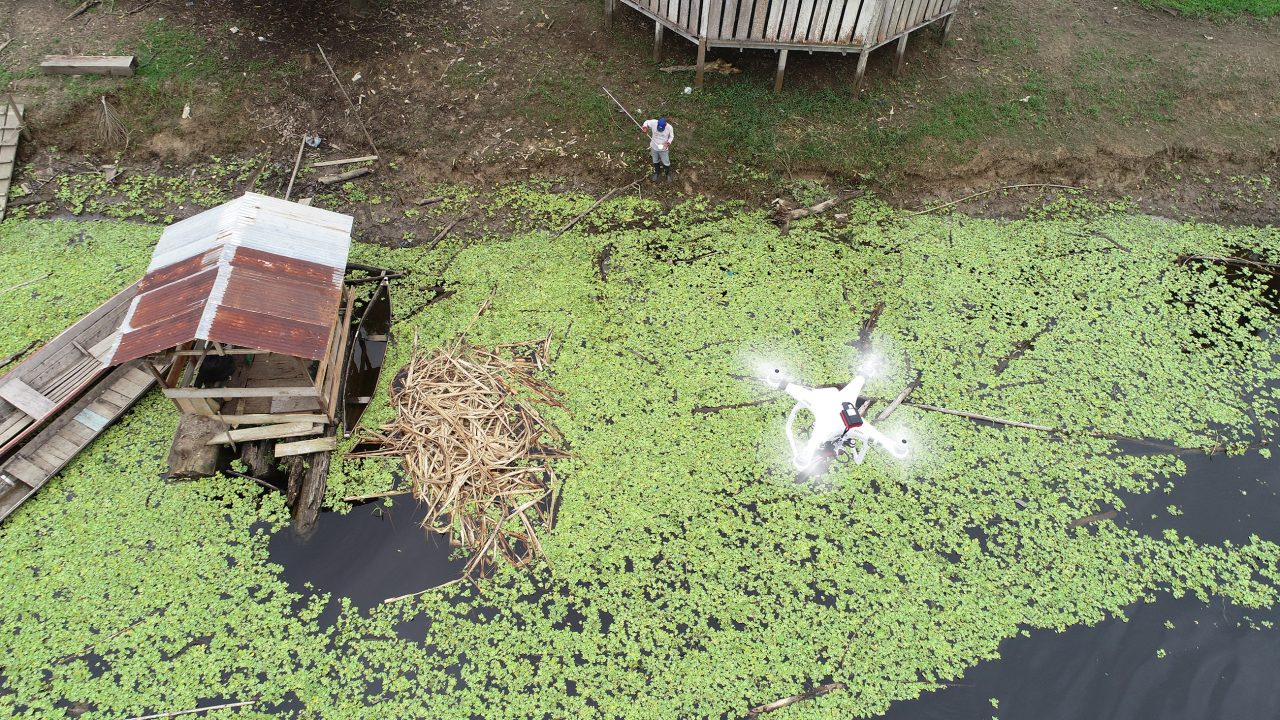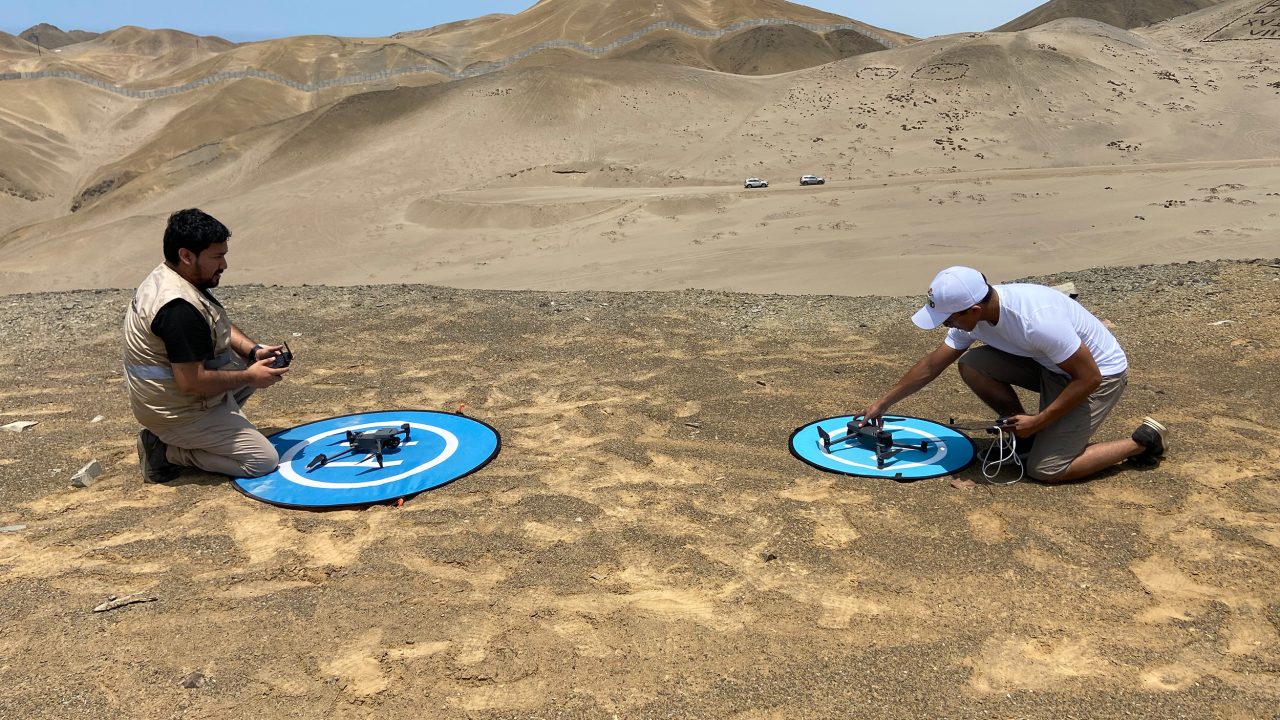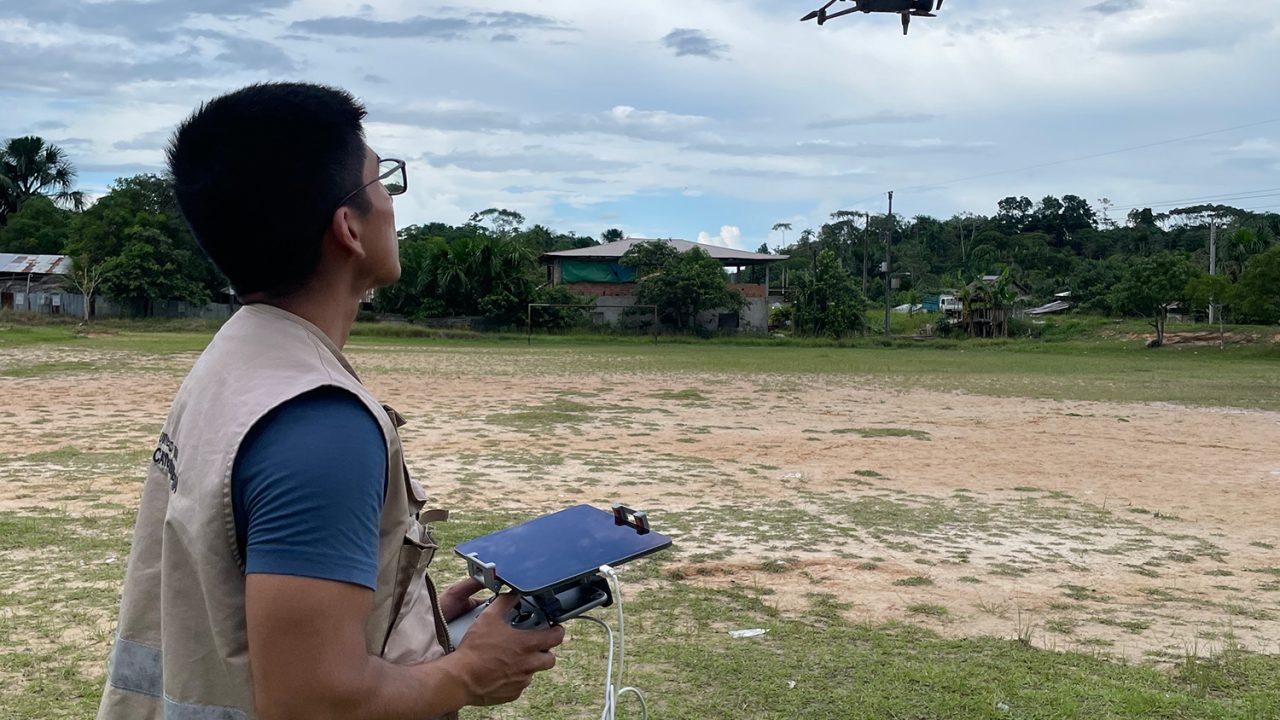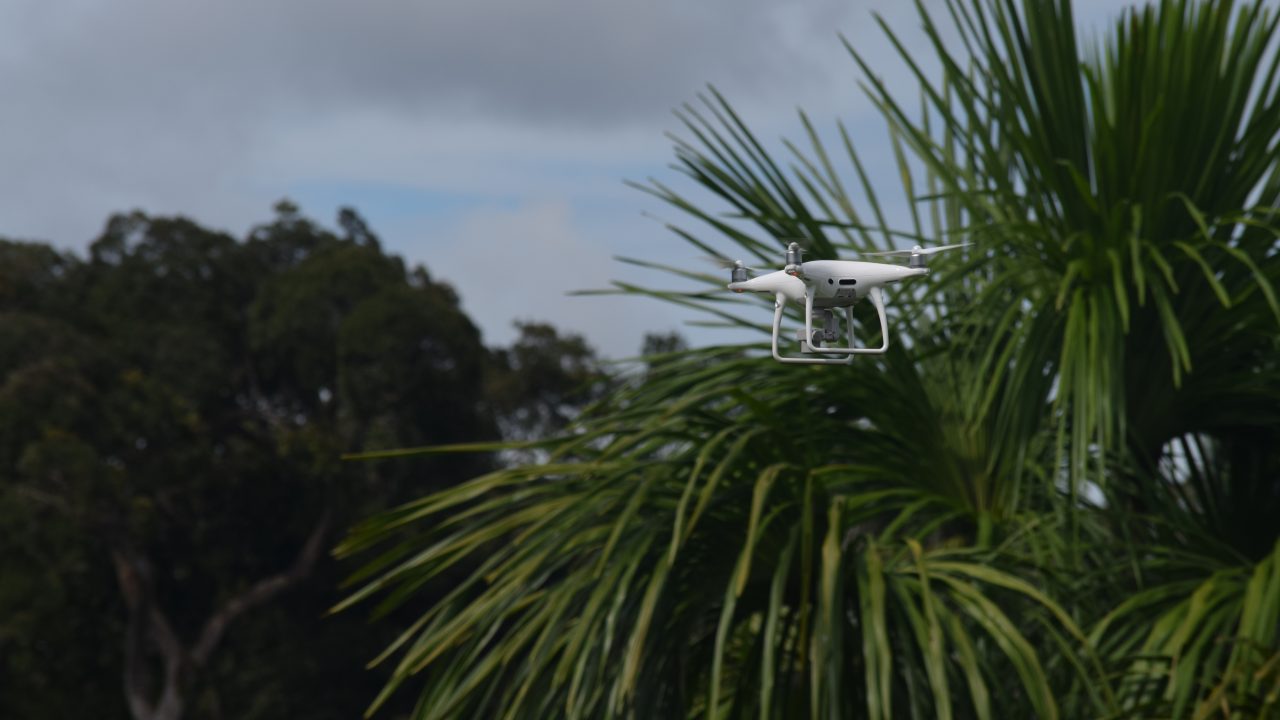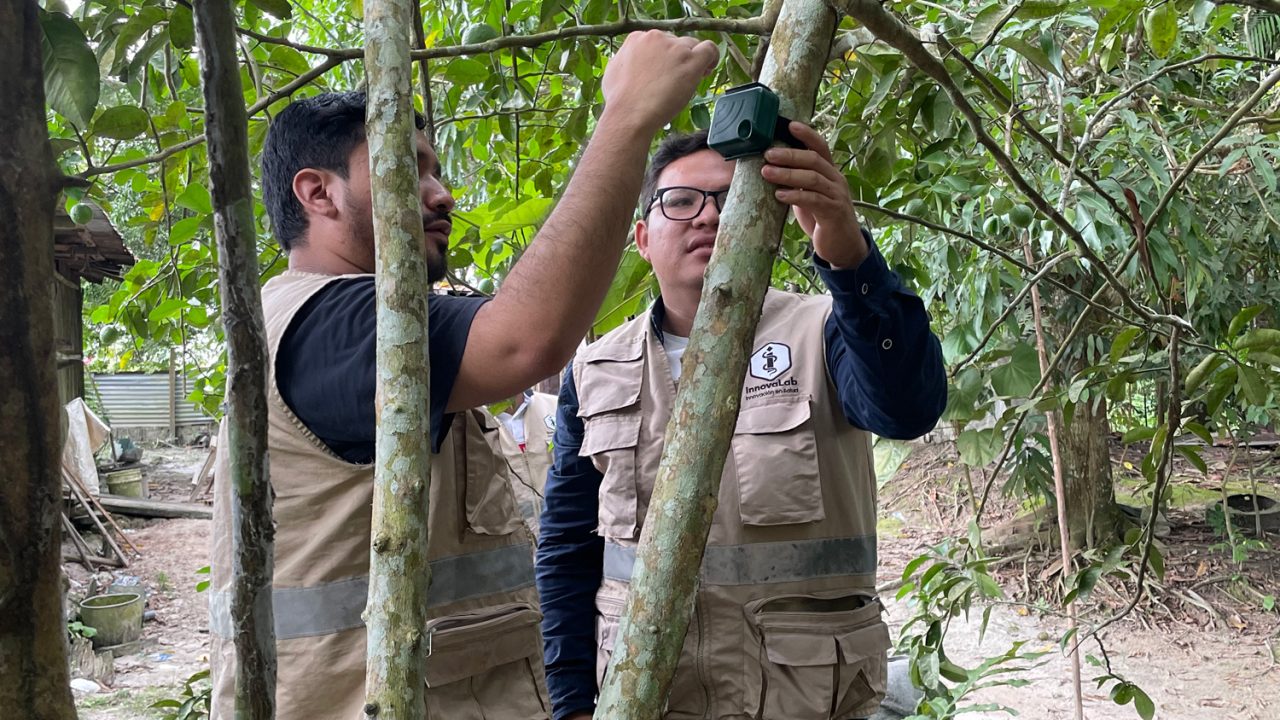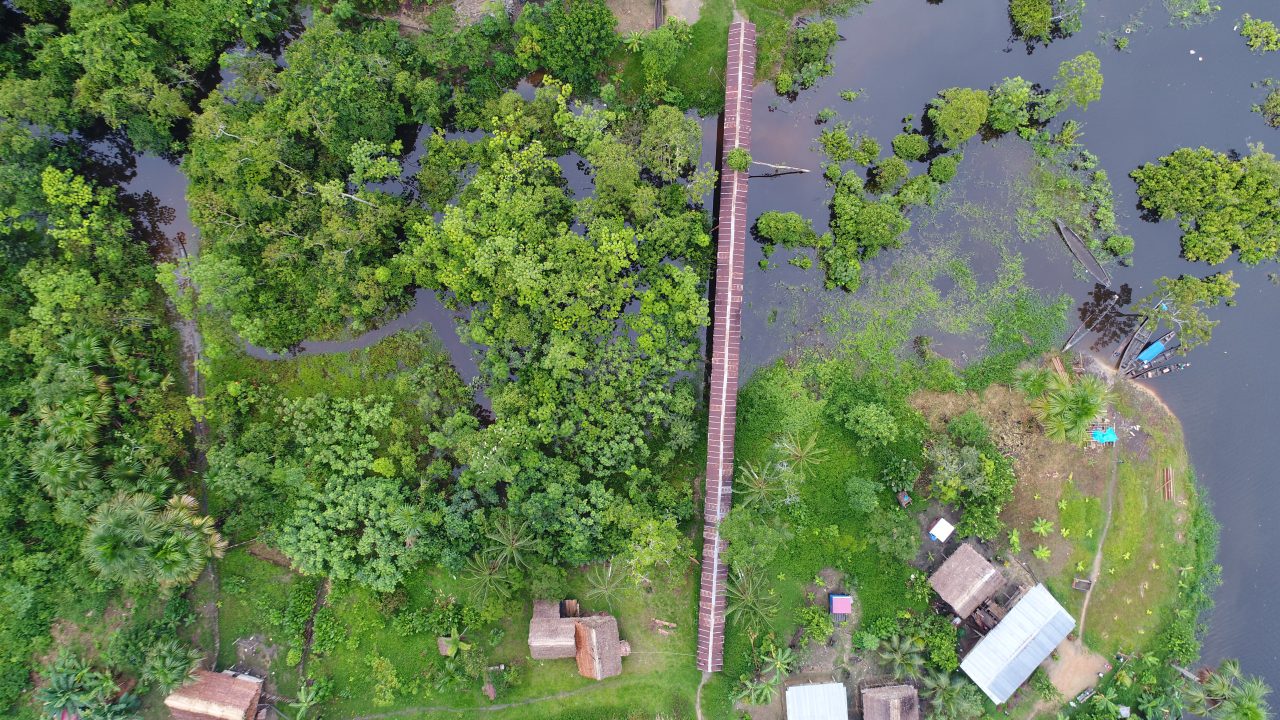Early warning systems exist for infectious diseases. They also exist for extreme climate events, which are becoming increasingly commonplace and increasingly devastating around the world.
But how do these two threats to society intersect and interact? How can we spot threats earlier and mitigate impact as a result?
Those are the kinds of questions the team at InnovaLab at Universidad Peruana Cayetano Heredia set out to answer through the creation of a digital infrastructure of harmonized and actionable databases across nations and sectors.
If we want to couple climate data with health data with economic data with demographic data, it becomes very complicated. These data sets don’t speak the same language, but we need greater insights for action, and that means there has to be a coordinated ecosystem of translation and connection.
Gabriel Carrasco-Escobar, Ph.D. Assistant Professor & Director of InnovaLab Universidad Peruana Cayetano Heredia
“If we want to couple climate data with health data with economic data with demographic data, it becomes very complicated,” says Gabriel Carrasco, director of the InnovaLab and a professor and researcher at the university. “These data sets don’t speak the same language, but we need greater insights for action, and that means there has to be a coordinated ecosystem of translation and connection.”
The Challenge
As weather patterns change, communities in climate change hotspots have become more susceptible to climate-sensitive infectious diseases like malaria, dengue fever, Lyme disease, West Nile virus, and more. Add in disastrous weather events, environmental degradation, and socioeconomic inequities, and the result is that already-vulnerable communities are facing extraordinary levels of hardship.

In fact, over the past four decades in the Latin American and Caribbean (LAC) region, the incidence of dengue, a mosquito-borne viral disease, has increased from 1.5 million cases between 1980 and 1989 to 16.2 million cases between 2010 and 2019. That’s more than a 1,000 percent increase.
The existing public sector’s early warning systems for infectious disease and climate events are commonly disconnected; there are limited mechanisms in place that relate the two. In other words, there is a lack of data that helps understand and predict the impacts of extreme weather events and environmental changes on disease risk.
Attempting to find and connect climate and health data proves next to impossible with the current infrastructure in developing countries. For instance, when faced with an outbreak of dengue fever in Peru, the health minister has data on only health and demographics. If you wanted to combine that with climate data you would need to ask the minister of the environment. Want to relate economic data? Ask the minister of the economy and finance.
It might take weeks or months to gather the information, and by then, valuable time—and possibly lives—have been lost in a fast-moving infectious disease outbreak.
“Because everything in our world is so interconnected, it’s really hard to have information separated out in so many different ways. It means people don’t know where to get help or resources and we are missing valuable insights,” said Carrasco.
We’re engaging engineers, climate scientists, epidemiologists, data practitioners, social scientists, and more. The idea is that even if we, as scientists, want to be really open and think on multiple levels, we still have our own biases. Having as many disciplines at the table helps us think through all scenarios and needs.
Gabriel Carrasco-Escobar, Ph.D.
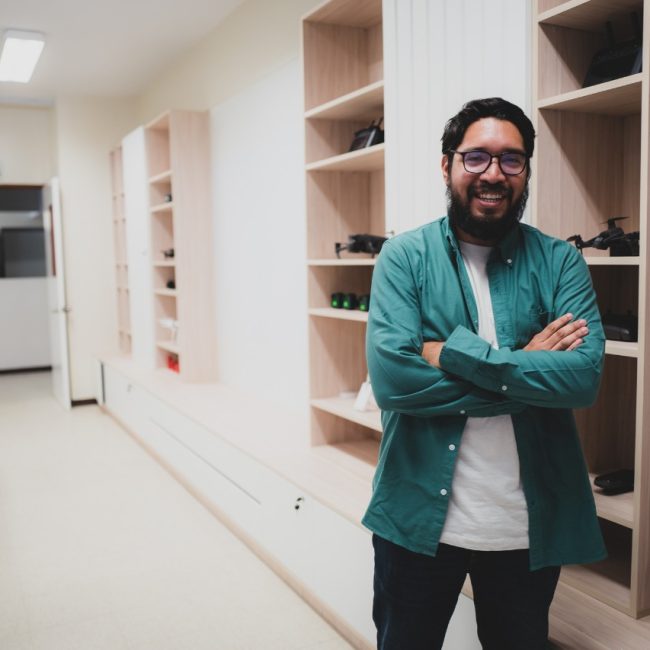
The Solution
Harmony is a concept most often used in music, but at its core is the idea of creating a consistent whole. The Harmonize Project seeks to build a digital infrastructure of harmonized databases to feed early warning systems for epidemics exacerbated by climate change in the LAC region.
In collaboration with the Barcelona Supercomputing Center (BSC)—and a network in Brazil, Colombia, and the Dominican Republic—and supported by Wellcome, the project will bring together ministries, universities, private companies, social impact organizations, and more to create a complex data infrastructure and collect real longitudinal data on the ground. These new data sets will provide valuable information on seasonal variation in land use and human behavior has given climate hazards, which are generally assumed to be unchanging in health impact models.
The outcome of such an infrastructure? Actionable knowledge to inform local risk mapping and create strong early warning systems to drive resilience in low-resource communities.

“We’re engaging engineers, climate scientists, epidemiologists, data practitioners, social scientists, non-profit leaders, and more,” said Carrasco, who is also the Peruvian principal investigator of the Harmonize Project. “The idea is that even if we, as scientists, want to be really open and think on multiple levels, we still have our own biases. Having as many disciplines at the table helps us think through all scenarios and needs.”
In Peru, the intervention activities will take place in the Loreto region, an Amazon area that is significantly affected by climate change and offers an ideal setting for the spread of vector-borne diseases. Collaboration with authorities and managers in both the public and private sectors and civil society will help local support and adoption of the project and its resulting tools. This is a model the Harmonize project hopes to replicate across regions and nations.
A four-year effort, the project is currently mapping stakeholders and gathering their requirements, which is not an easy feat.
“Precarious political systems, the high rotation of ministers and officers, private and public institutions that are uncomfortable sharing data—all of this adds to the complexity of this project. What we really want, in the end, is to meet the minimum set of requirements for each stakeholder so that they not only adopt the tool, but work to maintain its care and feeding,” said Carrasco.
The Takeaway
As stakeholder mapping comes close to completion, the team is gearing up to start data audits to understand the landscape of data interactions. Next, begin the fieldwork—collecting the data across sectors to see if use cases can provide meaningful information.
And yet, while these are important steps toward achieving success with this project, one key step stands out the most to Carrasco: building buy-in.
“Ultimately we have to get the word out to those in positions of authority, across nations, as to why they should use this tool. It really comes down to loss and damage. Can we show them that there is a financial—not to mention human life—benefit to using this tool? Will they understand that it helps prevent economic damage?”
That understanding will be critical because creating a complex data infrastructure such as this is hard. It will take years, it will take a lot of back and forth, and will take a sizable investment. Systems-level data strategies, by nature, take a longer view to better understand the structural investments necessary to collect, clean, store, analyze and govern data across partners.
But without taking the time and resources to relate data sets to one another across nations, sectors, environments, and other contexts, we risk missing extraordinary insights—insights that could save lives and create resilience where there is now devastation.
About the Harmonize Project
The multidisciplinary team is focused on designing and evaluating innovative and accessible technologies to improve people’s health.
The Harmonize project is led by Prof Rachel Lowe at the Barcelona Supercomputing Center (BSC), in collaboration with principal investigators in Peru (Gabriel Carrasco, UPCH), Colombia (Mauricio Santos, Universidad de los Andes), and Brazil (Chirstovam Barcellos, Oswaldo Cruz Foundation). Our mission is to develop cost-effective and reproducible digital toolkits for harmonizing environment, climate, and health data for stakeholders operating in climate change hotspots. Harmonize will gather and organize existing multi-source climate, environmental, socioeconomic, and health data, as well as collect new longitudinal ground-truth data using drones and weather sensors, to calibrate and downscale coarser-resolution Earth Observation, climate reanalysis, and forecast datasets in disease transmission areas. The digital toolkits will allow researchers and users to link, interrogate and use multi-scale spatiotemporal data to understand the links between environmental change and infectious disease risk in the local context and to build robust early warning systems in low-resource settings.
